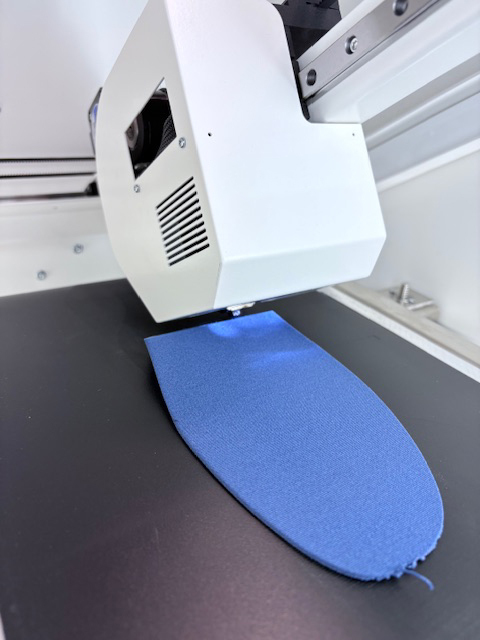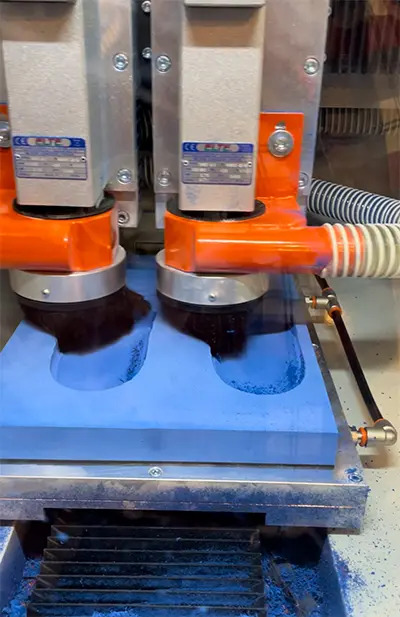As twins, we've always enjoyed a good discussion, and today we're bringing that to our industry. One question keeps coming up: is 3D printing the future, or does milling still hold its ground? Let's compare the two and make our final stand!
The benefits of 3D printing
Many see 3D printing as the future of manufacturing, and there are good reasons for that:
- Less material waste – Unlike milling, which removes material, 3D printing only uses what is needed. This leads to less waste and a more sustainable production process.
- New design possibilities – 3D printing allows for complex structures that would be difficult or impossible to mill, opening new doors for orthopedic applications.
- Dynamic material properties – A printed insole can have different hardness levels and internal structures within the same design, something that isn't possible with milling.
- Higher precision – Today's advanced 3D printers can achieve greater accuracy than milling machines, allowing for more intricate details and tighter tolerances.
- Energy-efficient and quiet – 3D printers use less energy and make less noise than milling machines, making them suitable for use in stores or workshops where customer interaction is important.
- Recyclable materials – Many 3D printing materials can be recycled, meeting the growing demand for sustainable production methods.
 3D printed insole on a belt printer
3D printed insole on a belt printer
Why milling is still the standard
Milling has been around for decades and has proven to be an efficient and reliable manufacturing method.
- Excellent surface quality – Milled products often have a smooth finish, which is especially important for items that come into direct contact with the skin.
- Faster for larger production volumes – 3D printing is ideal for small batches and custom designs, but for mass production, milling is often faster and more cost-effective.
- Suitable for a wide range of materials – Milling can be used with a variety of materials, including foams, wood, plastics and even some metals.
- Reliability and consistency – Milling is a well-established process that delivers stable and predictable results, ensuring product quality.
- Fewer physical limitations – Unlike 3D printing, milling doesn't have constraints related to:
- Minimum sole thickness – Milling can create thinner profiles without compromising structural integrity
- Breaking resistance – Milled products often have better structural integrity and are less prone to breaking along layer lines
- Shore hardness flexibility – Milling works excellently with materials across the entire shore hardness spectrum
 Milling insole on milling machine
Milling insole on milling machine
Which technology should you choose?
There's no single answer to whether 3D printing or milling is better- it really does depend on your needs!
- If you want to reduce waste, achieve high precision, and explore new design possibilities, 3D printing is an exciting option.
- If you need durability, efficiency for larger production runs, and fewer material limitations, milling remains the go-to choice.
At LutraCAD, we work with both technologies and can help you find the best solution for your needs. Want to learn more? Get in touch or book a demo! For a detailed look at the possibilities of printing and the differences between materials, read this article: How to 3D-Print Insoles?





